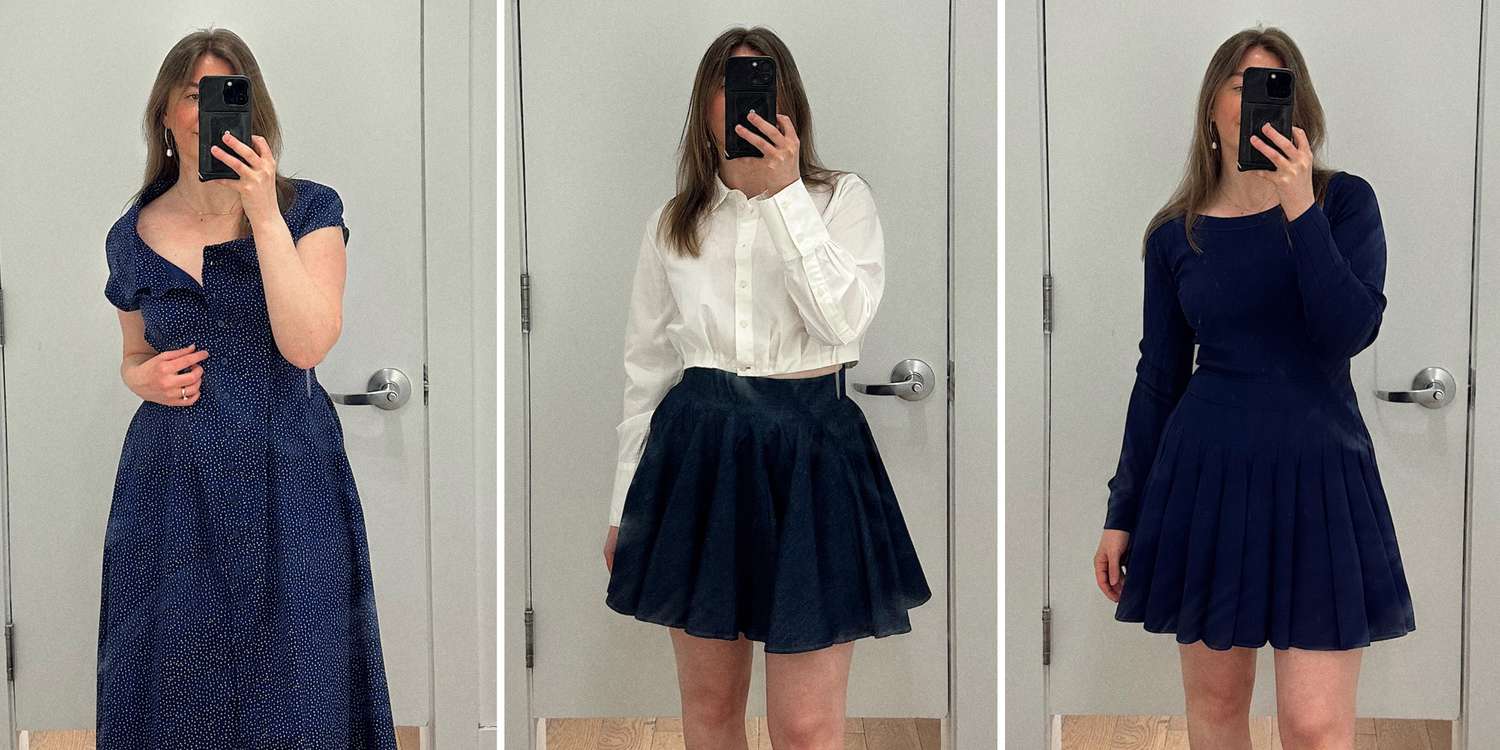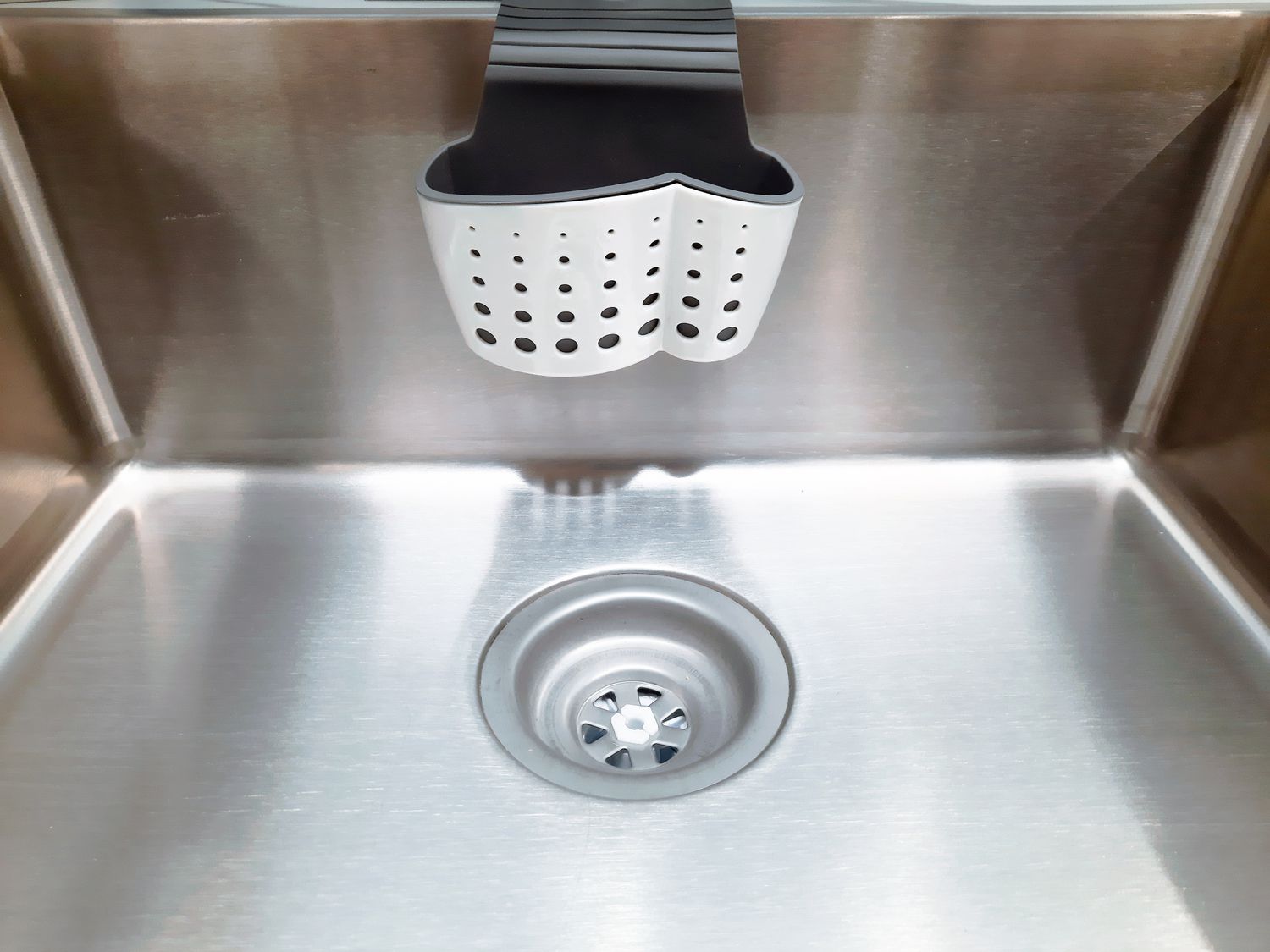
7 Dining Room Layout Mistakes That Ruin the Flow of Your Home, Designers Say
The dining room is a place where you gather with friends and family for a good meal and great conversation. It’s where you make memories, so it’s important for a dining room’s design to flow to help encourage conversation and togetherness.
We asked some of our favorite designers what dining room design mistakes to avoid to help create a harmonious space.
Meet the Expert
- Christina Kim is the principal interior designer and the founder of Christina Kim Interior Design.
- Charles Almonte is an interior designer, architect, and founder of Charles Almonte Architecture | Interior Design.
- Ellie Mroz is the principal designer and founder of Ellie Mroz Design.
An Oversized Round Table
AzmanL / Getty Images
If you want to add a round table to your dining room to help promote conversation with all dinner guests, make sure it’s not too big. To help avoid disrupted conversation from passing food around, choose a smaller round table.
“A round dining table can feel intimate and cozy, but if that table is over 6 feet in diameter, it can become very hard to pass the butter or have a conversation,” interior designer Christina Kim says.
Want more design inspiration? Sign up for our free daily newsletter for the latest decor ideas, designer tips, and more!
A Rug That’s Too Small
Kanok Sulaiman / Getty Images
If you place a rug that’s too small for the chair legs, it will make the room feel smaller and segmented in design, especially if your dining room has hardwood or tile flooring.
“Using a rug that is too small to comfortably fit all the legs of your dining chairs will feel like a mistake every time you pull out your chair,” Kim says. “Not only will the transition between wood floor and rug feel clumsy, it will make the room feel choppy and smaller than it is.”
Incorrect Furniture Size
Mohamed Faizal Bin Ramli / Getty Images
To make the room feel spacious and comfortable, while still adding a cozy, intimate feel, highly depends on the size of the furniture. The proper scale is crucial for a balanced and inviting space.
Interior Designer Charles Almonte says it’s important to take into account the scale of the room relative to the furniture.
“This is a cardinal rule in interior design and not just for dining rooms,” Almonte says. “A dining vignette that’s too small for a room will feel Lilliputian. A dining table that’s too big will make the room feel claustrophobic and unwelcoming.”
The Wrong Table Shape
ucpage / Getty Images
“The wrong table shape can disrupt the room’s harmony,” interior designer Ellie Mroz says. “The room shape should be taken into account to determine whether a square, oval or rectangular table is optimal.”
Additionally, Mroz recommends taking table and chair size into account to ensure correct proportions and pathways to move around the table.
A Matching Dining Room Set
gerenme / Getty Images
Buying a matching dining room set from only one place doesn’t allow you to express your personal style.
“Buying a dining room set is so impersonal; it’s okay to mix and match,” Almonte says. “It gives the room a personality. Mix it up with antiques, vintage, and new pieces. It’ll be a conversation starter around the table.”
No Traffic Flow
nicoletaionescu / Getty Images
If you don’t leave enough traffic flow for guests, they won’t be able to move around easily and get in and out of their seats.
“Leaving enough clearance around your table and chairs for traffic flow is so important,” Kim says. “There is no point in having a generously sized table if your guests can’t move freely and easily around the room.”
Mroz stresses the importance of creating good traffic flow and avoiding overcrowding with large pieces of furniture.
“Considering proportion and flow is critical in dining room design,” Mroz says. “When there isn’t at least 36 inches of clearance around all sides of the dining table and chairs, that’s a design mistake. We make sure not to overcrowd the dining room with too much furniture.”
Built-In Seating
PC Photography / Getty Images
Built-in seating like banquettes and benches doesn’t allow for any flexibility when it comes to accommodating seating for guests. Almonte says that this feature just isn’t practical for the overall needs of the space.
“They limit the number of people allowed to sit around the table,” Almonte says. “One cannot add another chair or two to expand the number of seating around the dining table without hauling away a big bench out of the room.”










